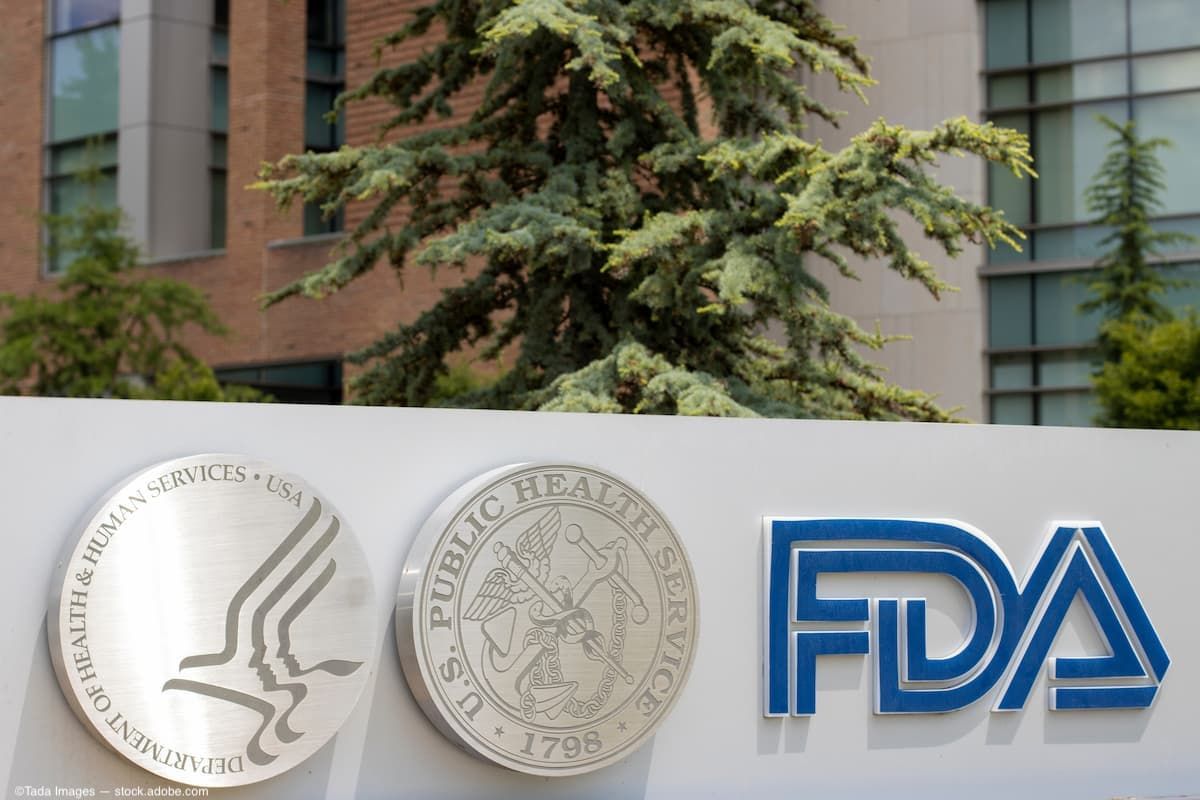News
Article
Atsena Therapeutics receives Pediatric Disease Designation from the FDA for ATSN-201 gene therapy to treat X-linked retinoschisis
Author(s):
According to the company, the priority review voucher would be issued upon approval of ATSN-201, a gene therapy product candidate.
(Image Credit: AdobeStock)

Atsena Therapeutics announced the FDA has granted Rare Pediatric Disease designation (RPD) for ATSN-201 for the treatment of X-linked retinoschisis (XLRS).
According to a news release, ATSN-201, a gene therapy product candidate, leverages AAV.SPR, the company’s novel spreading capsid, to achieve therapeutic levels of gene expression in photoreceptors of the central retina while avoiding the surgical risks of foveal detachment.1
Patrick Ritschel, CEO of Atsena Therapeutics, said the company was pleased to receive the FDA’s Rare Pediatric Disease designation for ATSN-201, which also marks the second RPD designation granted to Atsena this year.
“Having both of our clinical-stage, ocular gene therapies receive this designation underscores the potential of our technology to address significant unmet needs for patients with inherited retinal diseases,” Ritschel said in a statement. “We are committed to advancing ATSN-201 in clinical trials and offering hope to patients and families affected by XLRS.”
XLRS is a monogenic X-linked disease that is caused by mutations in the RS1 gene which encodes retinoschisin, a protein that is secreted primarily by photoreceptors. RS1 is localized to the extracellular surface of bipolar cells, cones and rods. Characterized by schisis, or abnormal splitting of retinal layers, this leads to impaired visual acuity that cannot be corrected with eyeglasses and leads to progressive vision loss and ultimately blindness.
Currently, there are no approved treatments for XLRS, which is frequently diagnosed in early childhood and primarily affects males. Approximately 30,000 males in the U.S. and EU are affected by this condition. The LIGHTHOUSE study (NCT05878860) is currently evaluating the safety and tolerability ATSN-201. LIGHTHOUSE is a Phase I/II, open-label, dose-escalation and dose-expansion clinical trial in male patients ages 6 and older with a clinical diagnosis of XLRS caused by mutations in the RS1 gene.1
One of Atensa’s novel capsids, AAV.SPR spreads laterally beyond the subretinal injection site to enable safe and efficient transduction of the central retina (where schisis cavities predominate in XLRS patient retinas) when injected into areas outside the macula. In a preclinical study conducted in non-human primates, AAV.SPR was found to promote transgene expression beyond subretinal injection bleb margins. This is in opposition to benchmark AAV vectors, which are contained to the original bleb margins. In doses that are clinically relecant, AAV.SPR transduces foveal cones without any need for surgical detachment and does not cause inflammation.1
According to the news release, the FDA grants Rare Pediatric Disease designation to therapeutics intended to treat serious or life-threatening rare diseases that primarily affect individuals under the age of 18. With the FDA’s designation, ATSN-201 becomes eligible to get a priority review voucher (PRV) upon approval that could be used to advance another internal program or be sold to an outside company.
Reference:
Atsena Therapeutics. Atsena Therapeutics Receives Rare Pediatric Disease Designation from the U.S. FDA for ATSN-201 Gene Therapy to Treat X-linked Retinoschisis. GlobeNewswire News Room. Published August 14, 2024. Accessed August 14, 2024. https://www.globenewswire.com/news-release/2024/08/14/2929958/0/en/Atsena-Therapeutics-Receives-Rare-Pediatric-Disease-Designation-from-the-U-S-FDA-for-ATSN-201-Gene-Therapy-to-Treat-X-linked-Retinoschisis.html
Newsletter
Don’t miss out—get Ophthalmology Times updates on the latest clinical advancements and expert interviews, straight to your inbox.





